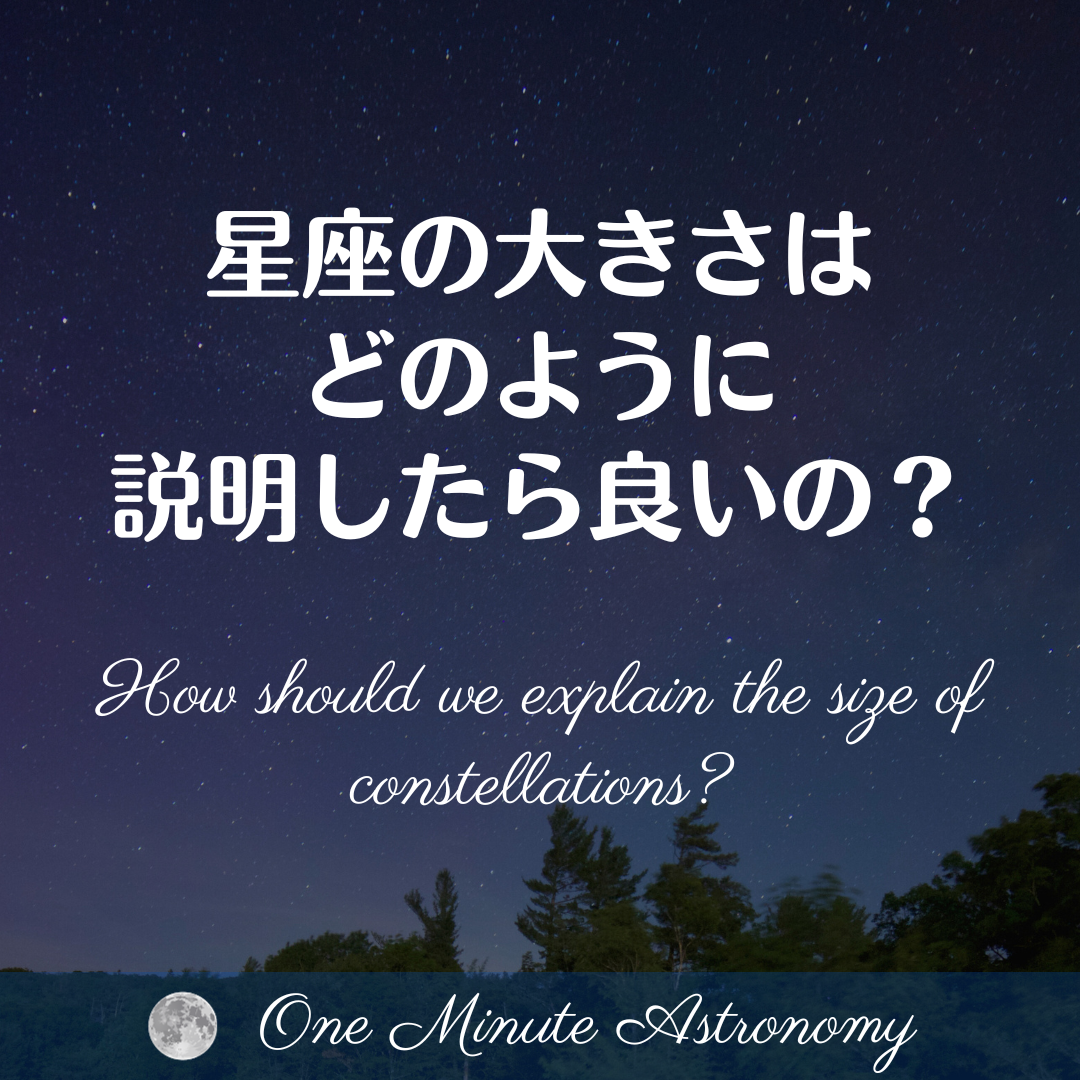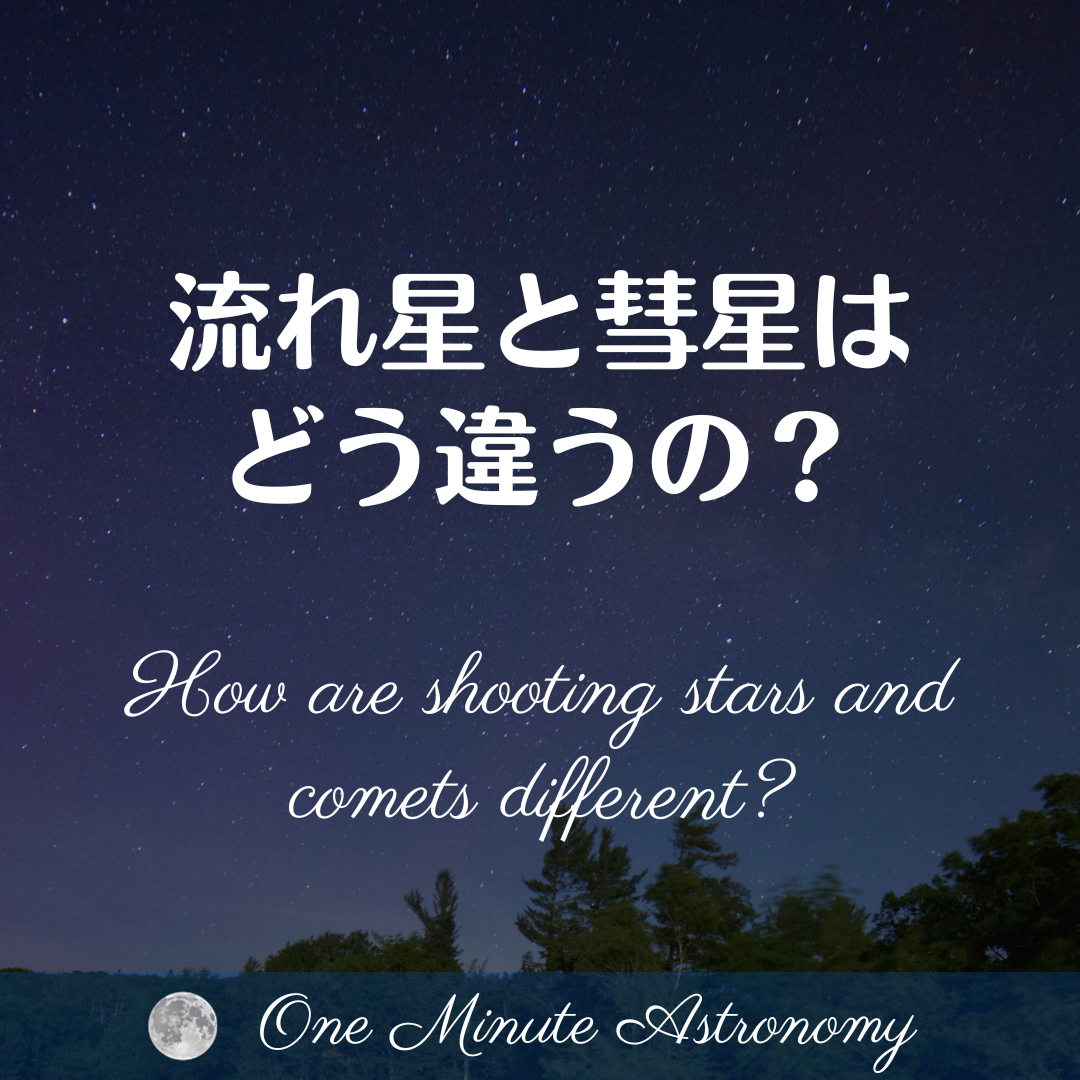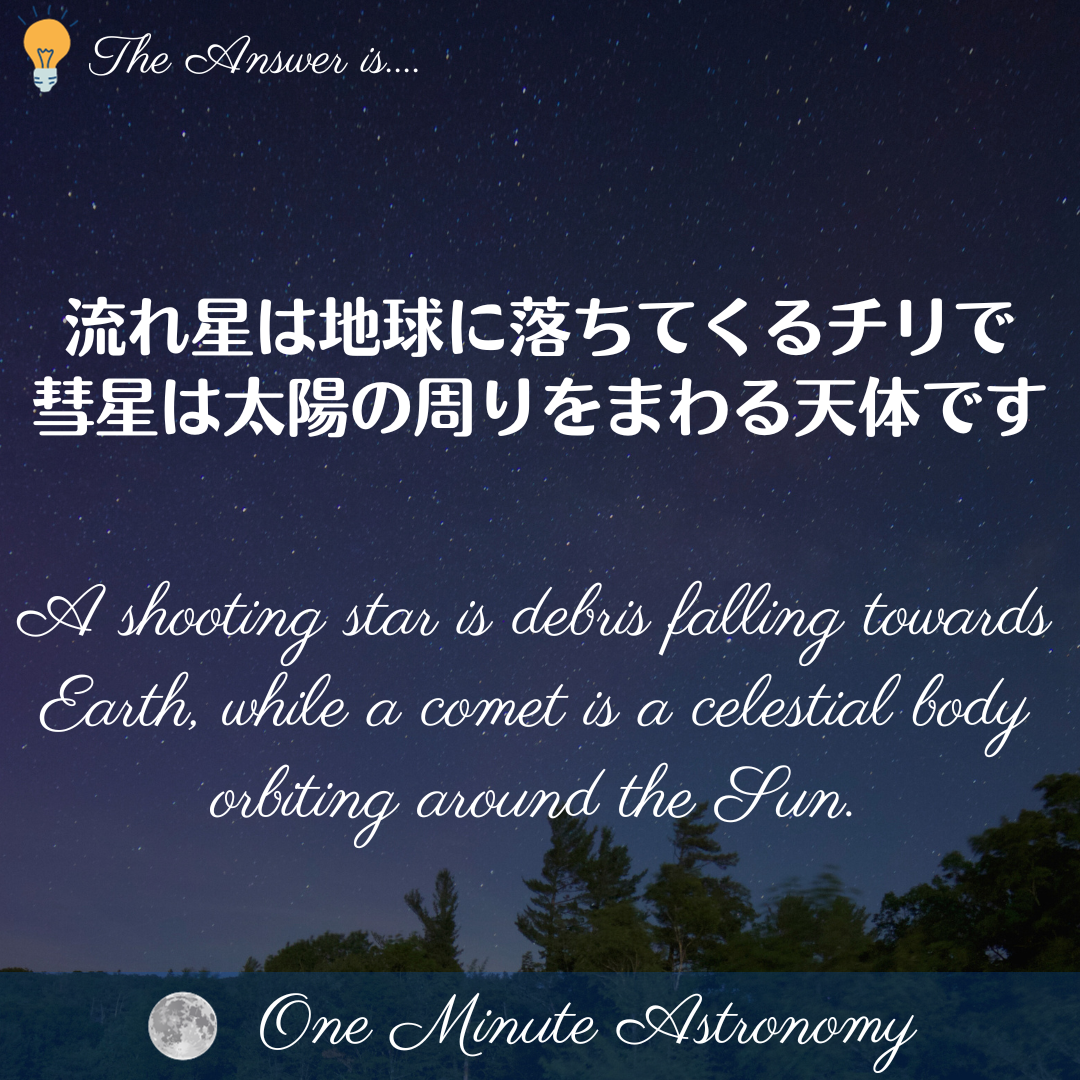
*太陽が復活する日とはいつのこと?
太古の時代、太陽は神聖なものでした。毎朝東の空で誕生し、夕方には西の空に沈んで死んでゆき、夜の太陽は死の世界を移動して朝に再び生まれてくると考えられていました。また、一年の季節変化をもたらし、夏には活力を増して暑くなり、冬にはその力が衰えていきます。夏至は太陽の力が最高潮に達する日、そして冬至は太陽の力がもっと衰える日で、多くの民族では冬至の太陽が沈む先に冥界があると考えていました。カイロス時間では物事の終わりは次のサイクルの始まりでもあります。冬至を境に太陽はその力強さを取り戻していきますので、冬至は太陽が復活する日と考えられ、世界各国で冬至祭が行われました。クリスマスも古代ローマのミトラ教が祝う冬至祭に由来をしており、如何に太陽の影響が大きかったのかが想像を出来ます。
*When is the day of the sun's resurrection?
In ancient times, the sun was sacred. It was born every morning in the eastern sky, died as it set in the west in the evening, and during the night, it was believed to travel through the world of the dead, only to be reborn in the morning. It also brought the changing seasons, growing stronger and hotter in the summer and weakening in the winter. The summer solstice was the day of the sun's greatest power, while the winter solstice was seen as a day of further decline, with many cultures believing that beyond the setting sun on the winter solstice lay the underworld. In Kairos time, the end of something is also the beginning of the next cycle. Since the sun regains its strength after the winter solstice, it was seen as the day of the sun's resurrection, and winter solstice festivals were held around the world. Christmas also originates from the winter solstice festival celebrated by the ancient Roman cult of Mithras, highlighting the significant influence of the sun.
















